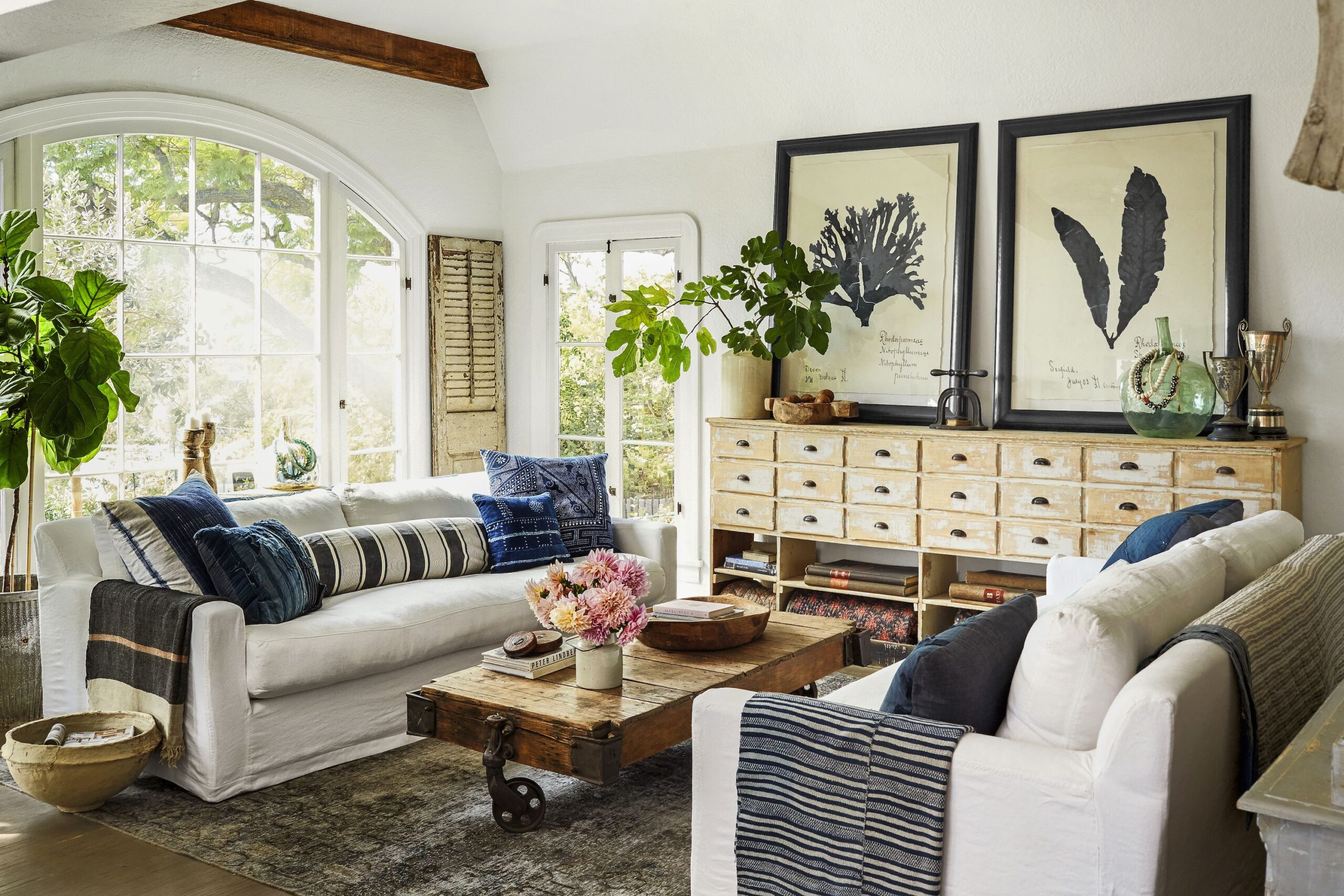Decentralizing your home is a design strategy that focuses on producing a functional, comfortable, and aesthetically beautiful living environment. It entails dispersing design components and furnishings across the room to produce balance and flow, rather than concentrating them in one spot. Decentralizing your home may generate a sense of openness, spaciousness, and harmony, which is why it is a popular design trend for modern homes. Here are five principles for creating a well-decorated living area using the decentralization philosophy.
Table of Contents
Balance the Furniture Arrangement
Having a balanced furniture arrangement is one of the main concepts of decentralizing your home. Avoid arranging all of the furniture against the walls, as this can create an emptiness in the center of the space. Consider floating your furniture, which involves pushing it away from the walls and arranging it to create conversation zones or focus points. To create an engaging conversation area in the middle of the room, position your sofa and chairs in a U-shape or L-shape around a coffee table. This aids in the distribution of furniture across the room, creating a sense of balance and movement.
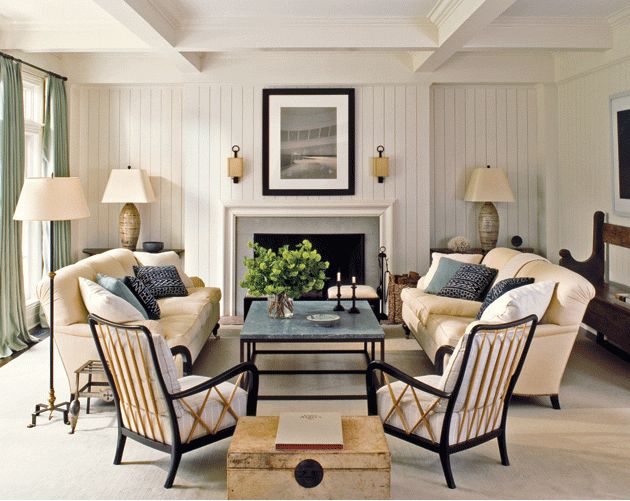
Make Multiple Focal Points
Another important aspect of decentralizing your home is to make multiple focal points in each space. A focus point is a visually appealing element that attracts attention and acts as a visual anchor for the room. You may distribute visual interest throughout the room by creating various focal points, which helps to decentralize the area. Create a focal point around the fireplace, a piece of artwork, or a wide window with a wonderful view, for example. You can also use furniture as a focal point, such as an accent chair or an unusual table. You may create a balanced and visually pleasing living environment by using various focal points.
Utilize Vertical Space
When decentralizing your home, it is critical to consider both horizontal and vertical space. Using vertical space to generate a sense of height and depth in a room can help it appear more expansive and open. Tall bookshelves, floor-to-ceiling draperies, or wall-mounted bookcases, for example, might lead the eye upward and give a sense of vertical balance. This can also aid in the decentralization of the space by freeing up floor space and more evenly distributing the visual aspects of the room.
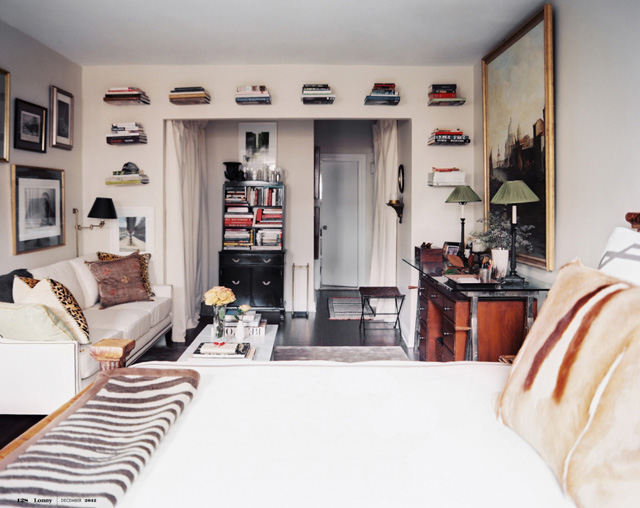
Play with Scale and Proportion
Playing with scale and proportion is another important component of decentralizing your home. This entails taking into account the size and proportion of furniture and accessories in the overall size of the room. Furniture that is too big or too tiny for the room might generate an imbalanced and disproportionate appearance. Choose furniture and accessories that are proportionate to the size of the room and to one another. For example, if you have a huge living room, you can create a sense of balance by using a sectional sofa or a large coffee table. To retain the proper scale in a smaller room, employ smaller furniture items. You may create a harmonic and well-balanced living area by paying attention to scale and proportion.
Embrace Eclectic Style
An eclectic style, which combines different design elements, colors, and textures to create a unique and personalized space, is one of the hallmarks of a decentralized house. Embracing eclectic style is breaking free from standard design norms and combining various furniture, accessories, and decore items to create a look that is completely yours. Pair a vintage armchair with a modern coffee table, for example, or put a colorful tapestry next to a minimalist painting. When it comes to adding diverse design styles to your house, don’t be afraid to explore and think outside the box.
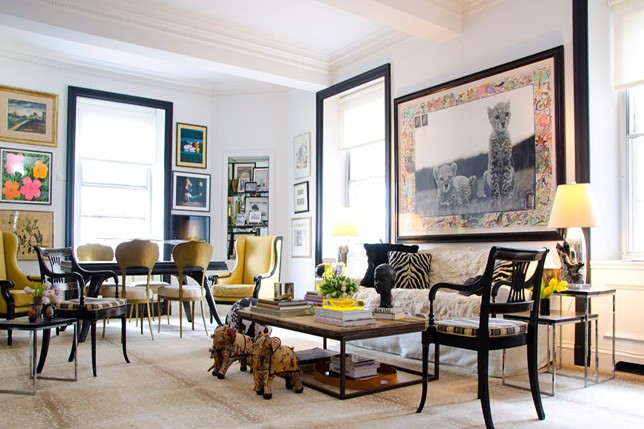
Prioritize Functionality
A decentralized home is functional and efficient, with an emphasis on practicality and usability. Consider the layout and flow of the area while decorating your living space to ensure that it performs its intended purpose. To maximize space in a tiny living room, for example, choose multi-functional furniture such as a sofa bed or a coffee table with concealed storage. Choose furniture and design items that are both visually appealing and utilitarian, such as bookshelves for storage or a statement mirror that gives depth to the room while still providing a functional purpose.
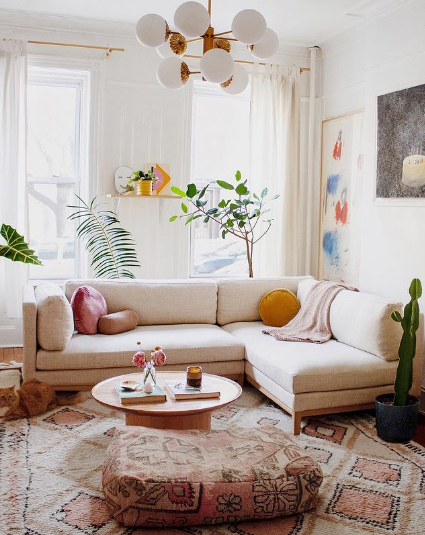
Incorporate Natural Elements
Another important part of decentralizing your home is bringing nature indoors. Wood, plants, and natural fibers may provide warmth, texture, and a sense of grounding to your living area. To give a rustic touch, consider using wooden furniture, such as a reclaimed wood coffee table or a live edge dining table. Plants of various sizes and species can be used to liven up your space and enhance air quality. To lend an organic vibe, use natural fibers such as jute or rattan in your rugs, baskets, and lampshades. These natural features can aid in the creation of a sense of balance and connection to the environment, which is an important component of a decentralized house.
